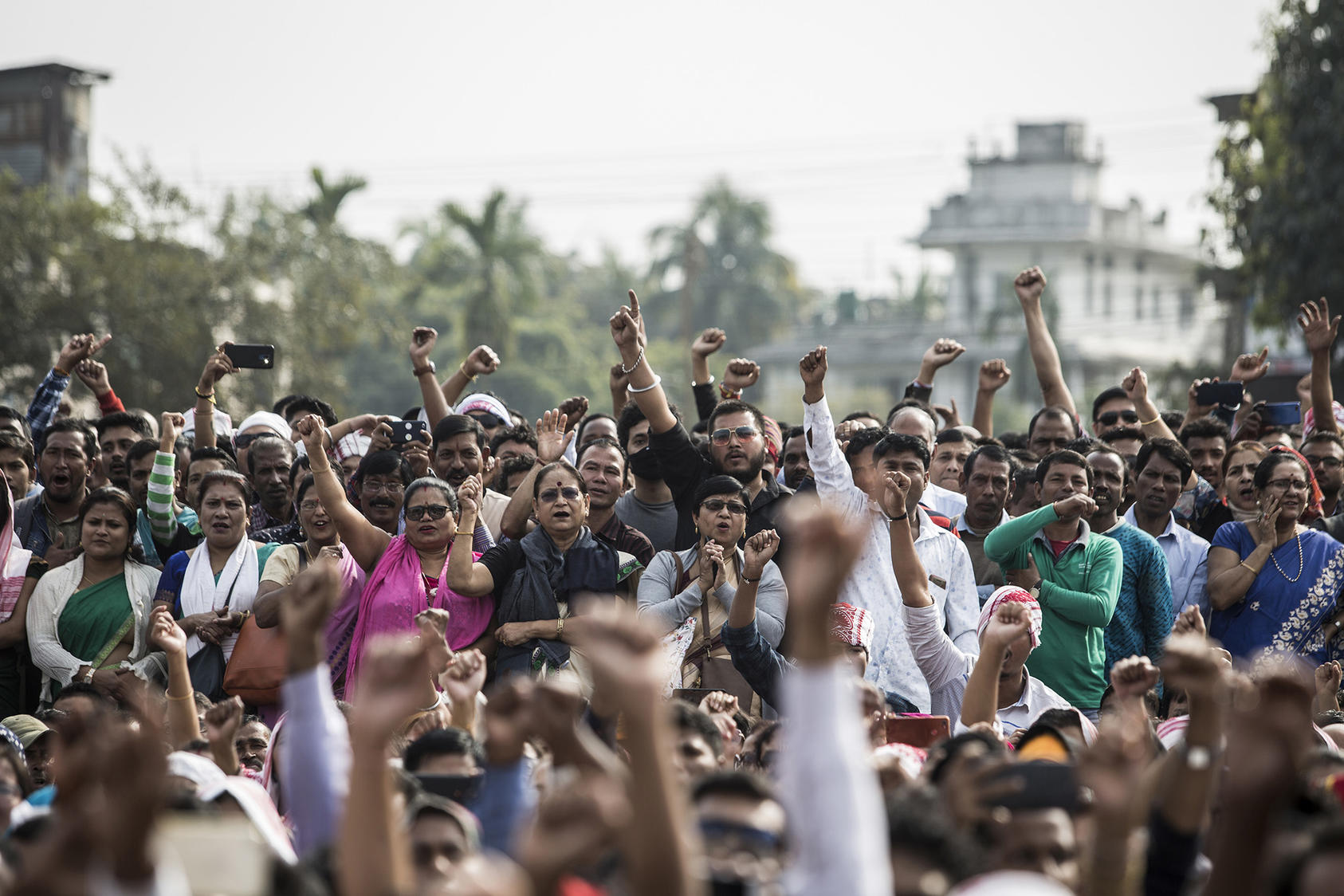India is one of the most diverse countries. A subcontinent that is the land of almost every major religion, more than 700 indigenous tribes, over 100 languages, and a huge population of ethnicities living together under the same umbrella. India being the second most populated country behind China with a population of 1.3 billion has always been famous for its diversity. The diversity of the country could be seen in such a huge population existing together instead of believing in different faiths following different cultures, traditions, and religions as well. India is the home to one of the oldest civilizations where its diversity could be reflected in its ethnicity, customs, and social structures.
Having said that it is very important to mention that India is the home to one of the oldest civilizations with people following different faiths and yet existing together in a harmonious array but the current situation is unimaginably sad and undemocratic.
The fabric of India’s secularism and democratic approach towards the citizens of any caste/religion/ethnicity/gender is hanging on a very thin thread.

Since 2014, under the ruling of Narendra Modi’s led Bharatiya Janata Party the culture of intolerance and hatred seems to be touching a new high in India. Only last year India’s capital was shaken by pogroms against Muslims by a huge population of people inclined towards right-wing ideologies. 96% rise was registered in 2020 over Communal conflict. Similarly, caste riots saw an increase of close to 50%, agrarian riots 38%, and riots during protests or marches increased by 33%. This is the data given by National Crime Records Bureau (NCRB) on the latest data on “Crime in India ”. India was ranked 4th after Syria, Nigeria, and Iraq for the highest social hostilities involving religion.
The trend of being intolerant towards any individual or community having a different opinion or believing in some different faith isn’t a new one. This has been seen in dots and patches for ages in Indian history but today this has stooped to a new and scary low. High-profile personalities with strong political backgrounds come forward and address thousands of people with their most communal and hate speeches and sadly no strong action has ever been taken against them.

People in power who have the responsibility to maintain peace, law, and order are the ones influencing youth directly or indirectly to get into a social structure of one ideology as theirs and this is proving to be disastrous for the country and its people with each passing day. Some of the many recent incidents showing intolerance and hatred in India to its core:
A massive protest rally was organized in Chhattisgarh on October 1 against the alleged spike in the forced conversion of Hindus to Christianity. This was attended by many big BJP leaders. Swami Parmatmanand, a Hindutva leader called for targeted killings of minorities involved in these alleged conversions. Different hate speeches have been given and still are given by people in power making the air more communal than ever.
Tejasvi Surya an MP from the ruling Bharatiya Janata Party came on Twitter and asked to boycott clothing company FabIndia as they used an Urdu phrase ‘Jashan-e-Riwaaz’ in an advertisement for Diwali festive season. A virulent section of society couldn’t digest their bigotry and FabIndia was left with no option and took the advertisement down. A similar scenario was seen last year when Tanishq in one of its advertising contextualized an interfaith marriage but was threatened and forced to take the advertisement down.
Religious hate crime was seen in Bengaluru when a Hindu man was dropping his colleague who was in Burqa. The man was slapped multiple times by some extremist Muslims and used casteist slurs against him. The extremist group did moral policing of both the adults travelling together with their consent.

I can mention thousands of such incidents but it is important to throw light on the economic condition of India. India stoops from 94 to 101 in the Global hunger index trailing behind Pakistan, Nepal, and Bangladesh. 1.5 million people from both the formal and informal sectors lost their jobs in August, reversing some of the gains made in July, as the unemployment rate rose in rural and urban India.
According to the Centre for Monitoring Indian Economy (CMIE), the national unemployment rate rose from 6.95% in July to 8.32% in August. The prices of essential goods are rising each day and making it difficult for people with fewer resources to make both ends meet. The GDP of the country is struggling after the Covid-19 pandemic.
It is the need of the hour to hold the people in power accountable for the work they do and the words they say. Government has to leave behind its religious benefits aside and work for the country to make conditions better in the upcoming days.
Also Read: Triple Tears of Misery in talaaq
















